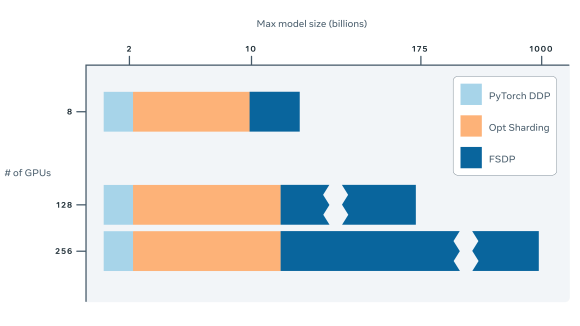Abstract
Virtual avatars are a common way to present oneself in online social interactions. From cartoonish emoticons to hyper-realistic humanoids, these online representations help us portray a certain image to our respective audiences. Immersive VR systems like the Oculus Rift and HTC Vive track a user’s physical body movement in real-time and utilize this data to drive the corresponding behavior of an avatar. What is then special about avatars in immersive environments and how does this difference play out in the relationship between a user’s physical and virtual sense of presence? In this paper, we summarize academic research in this field, study the conditions that construct selfpresentation in immersive VR, coin the term “immersive VR self” and detail its unique characteristics.












